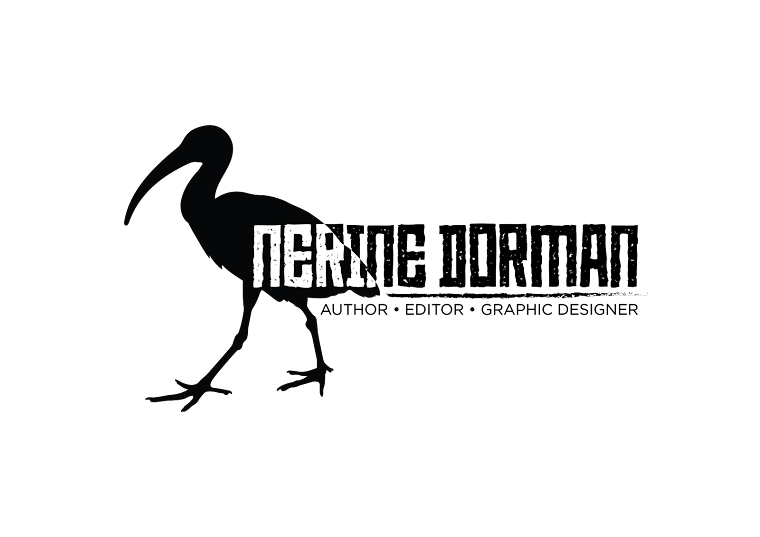My friends know I'm one of those peculiar individuals who seeks solitude in South Africa's Karoo regions, so when the opportunity presented itself to review Mitch Reardon's Wild Karoo, I put up my hand immediately for a copy. This book is every serious lover of the Karoo's wildest dream come true, in which Reardon takes readers on an adventure that starts at the Bontebok National Park just outside of Swellendam in the Western Cape, and travels through the many (and varied) Karoo regions, including the magical Little, Great, Tankwa, Hantam, Namaqualand, Cederberg, Camdeboo and more.
My only complaint is that the book itself could have been elevated to the rarified status of coffee table book, because the current size simply doesn't do Reardon's stunning photography justice. Not only is the photography wonderful, but so is Reardon's writing, as he exquisitely and effortlessly evokes the landscape and its wildlife, as well as the people who live in these regions – farmers, game rangers, researchers. So while the immediacy of some of the interviews may lead to the content of the book dating somewhat over the years, I do believe that it exists as an important snapshot for the status of the Karoo regions at the time of publishing while also highlighting the delicate balance of the assorted regions.
Reardon weaves in snippets of history, from our past explorers and indigenous people in a way that is sensitive but also aware of the great impact that our species has had on the land. And believe me, there are some stories here that will make any ardent nature-lover weep and gnash their teeth – for instance the extinction of species such as the quagga and the blue antelope, as well as the great injustice suffered by the San. While there is currently much doom and gloom in terms of the environment worldwide, Reardon also paints a picture of hope – that here in South Africa we have people who are working hard to find solutions that will preserve our wild places for future generations. He argues most eloquently for the importance that these last refuges for wilderness hold for us, and that a dynamic way forward by building sustainable communities and use around the land is what we need. The truth is that our species has thrown nature's delicate balance out of kilter, and it is up to us to take up the challenge of stewardship.
Wild Karoo finds a permanent spot in my collection, not only as a source book for research, but also thanks to its inspirational nature. And now I'm already planning where my next Karoo adventure will take place. If you love South Africa's wild places and want to be inspired with a story that gives you hope that not all is lost, then this is it.


No comments:
Post a Comment